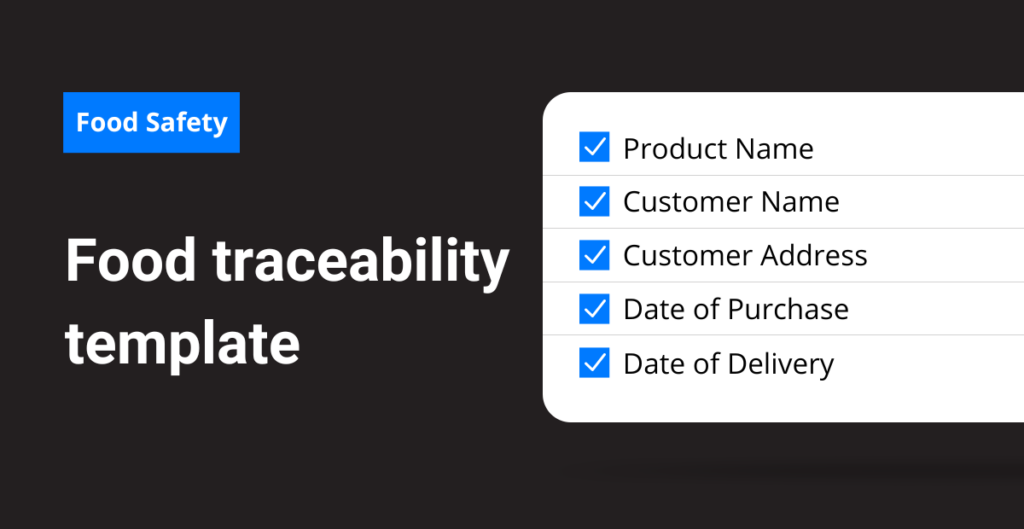Food safety compliance FAQs
Questions about food safety compliance
This section covers popular questions related to food safety regulatory compliance.
What is OPRP?
Operational controls for ISO. This is the only standard that requires them and it is confusing with FSMA. Moving from ISO to another GFSI scheme is more challenging due to the classification of controls.
How to verify ISO 22000 certification?
All GFSI schemes have free searches for certifications, but companies don’t have to be included. If they are not included, I would question validity of the certification.
Examples of corrective action in food industry
Exceeding Critical Limit in Food Safety: plan for a process-preventive control. There must be procedures in place to hold, rework, or dispose of products as needed and supporting documentation to show you brought the process back into control and no product was released that was out of specification. This would have PCQI sign-off per FSMA.
Another CAPA could be for not being able to retrieve 100% of product during a mock recall exercise. The CAPA investigation would need to investigate areas such as waste allowance, samples taken, damage, and correct lot codes used in shipping. An immediate action could be to create a manual tracking sheet, with a long-term solution being the implementation of an e-system to manage inventory.
Free template!
Use this food traceability template to compile a log of your products.

What is the difference between BRC and ISO 22000?
BRC is definitely more comprehensive and a harder audit to pass. I find ISO audits to be lacking in many areas, such as allergen control and FSMA compliance. ISO uses OPRs, and I find this very confusing with FSMA compliance. BRC is stricter on allergen management and high-risk processing. It is more difficult to find auditors to conduct these audits.
What is the difference between HACCP and ISO 22000?
ISO 22000 is a food safety and quality certification (a GFSI scheme). HACCP is a food safety plan that is part of the building blocks of the certification. ISO is only one of the GFSI schemes and, in my opinion, the most distant from FSMA compliance.
How to develop a good food safety culture?
This is not easy and you have to start with senior management commitment to support the culture and live it daily. Training with employees and giving them authority to stop lines, suggest improvements, etc., will help get you there.
FSMA questions
This section covers questions related to the Food Safety Modernization Act.
What kind of controls does FSMA require companies to implement?
- Preventive Controls – Process, Sanitation & EMP, Allergen, and Supply Chain.
- Also required is FSVP if applicable.
- Sanitary transportation if using own trucks.
- Follow Produce Safety Rule, if applicable.
- You must also determine which products you produce are USDA or FDA, since there are exemptions for USDA products, LACF, dairy, etc.
How do I request FSMA compliance from suppliers?
- You can review 3rd party audits, if FSMA addendum is included.
- Review FDA FSMA audit if they have had one.
- Request their complete food safety plan or FSVP.
- Review associated records to prove they are following the plan.
- Request PCQI certificate from the person who developed the plans.
- Request Sanitary Transport Program if applicable.
Must I have a PCQI on staff?
- A PCQI trained or knowledgeable person must sign off on plans and controls within 7 days.
- You should have a PCQI backup so there is no delay in reviewing records prior to shipping.
- FDA has not defined what is acceptable if training has not been completed, so it is best to take the course.
- You can use a consultant to review your documents and develop your plan.
HACCP questions
This section covers HACCP compliance.
How does HACCP thermometer calibration process work?
Use a calibrated thermometer, clean with wipes, take temperature in the thickest part of the product, record temperature, and take any CAPA. To calibrate, clean the thermometer with an alcohol wipe, record results, and take any necessary corrective actions if it is out of calibration. Use an NIST thermometer when calibrating.
Many thermometers can’t be calibrated, so you will need to replace them if they are out of calibration. IR thermometers cannot be calibrated, but temperature should be verified for accuracy by using an ice bath. Replace the thermometer if it is not working or out of calibration. Keep records of all device calibrations.
What are the advantages of HACCP?
Advantages are as follows:
- Keeps you compliant with regulatory and customer requirements.
- Keeps your products safe.
- Will save you money in the long run by preventing any food safety recalls, illnesses, etc.
- Employees are aware of food safety.
- Assesses the risk of what you are producing.
- Creates a record to support the fact that you’re producing safe food.
- Needed for 3rd party audit requirements.
- Helps keep your process in control.
Other posts you might like…
No posts
